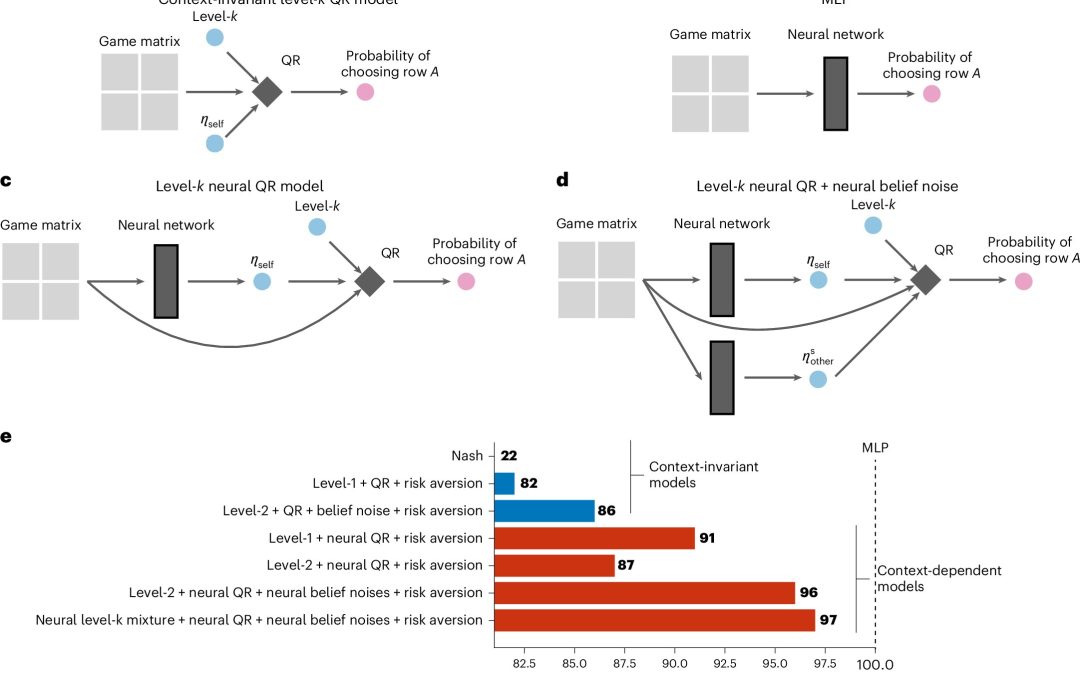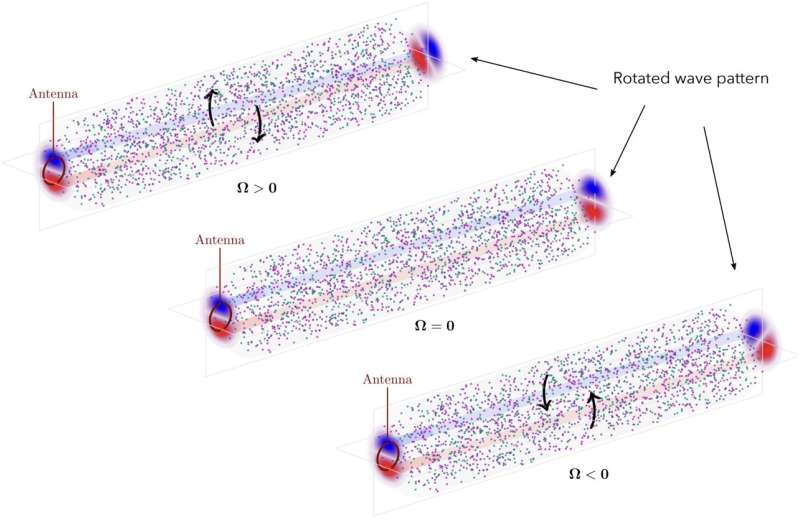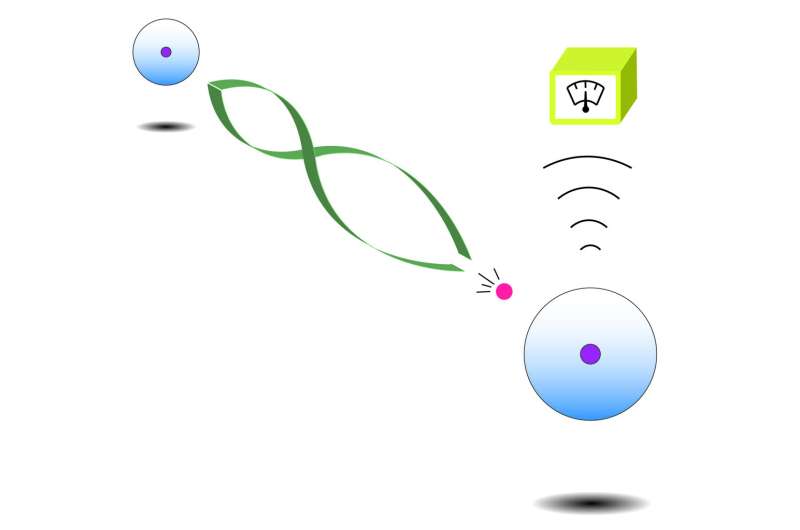
by Ingrid Fadelli | Sep 26, 2025 | Mathematics, Other Sciences, PHYS.ORG, Social Sciences
Throughout their everyday lives, humans are typically required to make a wide range of decisions, which can impact their well-being, health, social connections, and finances. Understanding the human decision-making processes is a key objective of many behavioral...
by Ingrid Fadelli | Sep 26, 2025 | Gerontology & Geriatrics, MEDICALXPRESS, Neuroscience
The human brain is comprised of two main types of cells, known as neurons and glia. The first are responsible for transmitting electrical and chemical signals, while the latter support and protect neurons.

by Ingrid Fadelli | Sep 24, 2025 | PHYS.ORG, Physics, Plasma Physics
Light sometimes appears to be “dragged” by the motion of the medium through which it is traveling. This phenomenon, referred to as “light dragging,” is typically imperceptible when light is traveling in most widely available materials, as the...

by Ingrid Fadelli | Sep 24, 2025 | Consumer & Gadgets, Machine learning & AI, TECHXPLORE
Large language models (LLMs), such as the model underpinning the functioning of OpenAI’s conversational platform ChatGPT, are now widely used by people worldwide to source information and generate content for various purposes.

by Ingrid Fadelli | Sep 24, 2025 | Optics & Photonics, PHYS.ORG, Physics, Quantum Physics
Quantum technologies, systems that operate leveraging quantum mechanical effects, have the potential to outperform classical technologies in some specific tasks. Over the past decades, some researchers have also been trying to realize quantum networks, systems...





